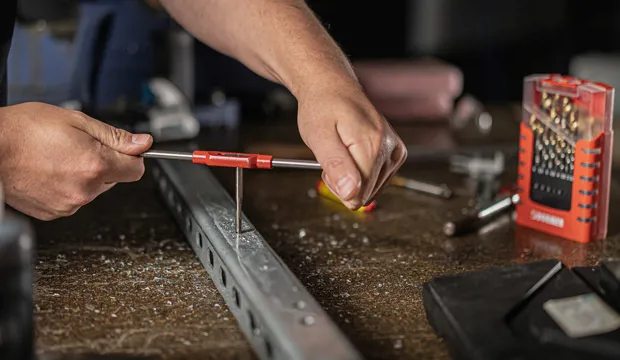
Working within the engineering and manufacturing sectors
Find resources for the T level in engineering, to plan your engaging sessions for students.
Download our free curriculum grid to find resources that are mapped against module 1. Working within the engineering and manufacturing sectors
In the free download, you will find information on where to find content to support the teaching of:
1.1 Key principles and methodologies in engineering and manufacturing design.
- Types of manufacturing process (wasting, forming, shaping, joining, finishing, additive)
- Fitness for purpose (influences on design and manufacture, functional requirements, environmental requirements)
- User requirements (design brief, specification, needs to be met)
- Approaches to design (linear design, iterative design, inclusive design, user centred design, ergonomic design, design for manufacture, design for assembly, sustainable design, 6Rs (reduce, refuse, rethink, repair, reuse, recycle))
- Research and testing methodologies
- Methods of communicating design requirements to technical and non-technical audiences
1.2 The role of maintenance, repair and installation in engineering.
- Types of maintenance activity (planned, reactive, preventative, condition-based monitoring),
- Roles and functions (machine operator, maintenance engineer, maintenance manager)
- Operations (monitoring, repair, shutdown, servicing)
- Tools and equipment (mechanical (hand tools, portable power tools), electrical/electronic (hand tools, soldering irons), measurement devices, instrumentation and gauges)
- Installation requirements (provision of services, commissioning)
- Developments in maintenance (influence of new technologies, environmental influences)
1.3 Approaches to manufacturing, processing and control.
- Scale of manufacture (one off, batch, mass, continuous)
- Infrastructure (functional, product and matrix arrangements, cellular manufacture, production lines)
- Level of automation (manual, computer assisted manufacture (CAM), fully automated, robotics
Download our free curriculum grid to find resources that are mapped against the above modules.
Please do share your T Level learning highlights with us @IETeducation.



